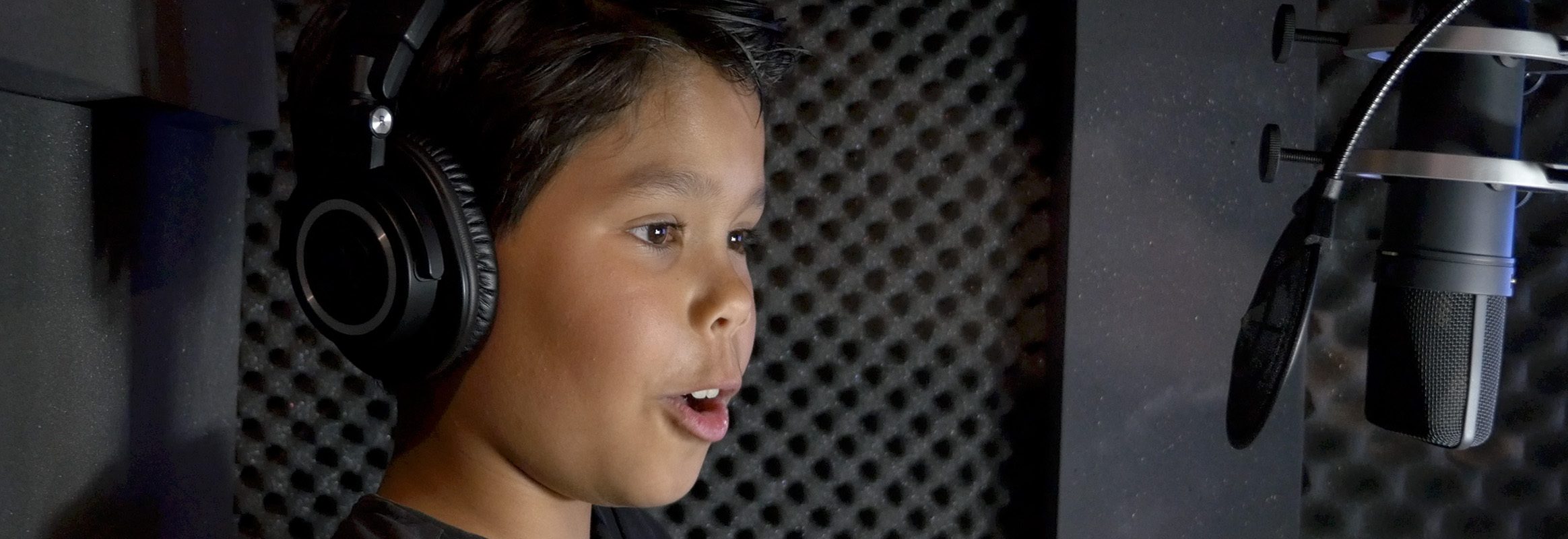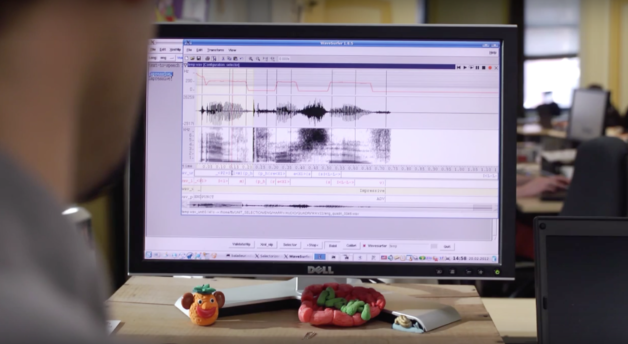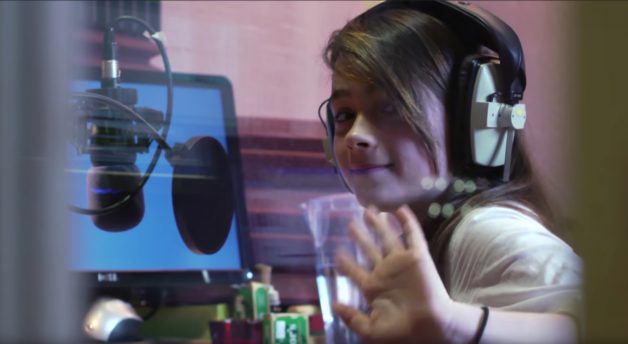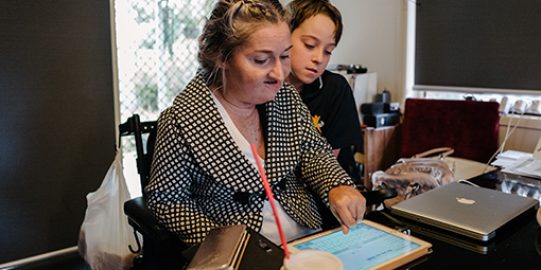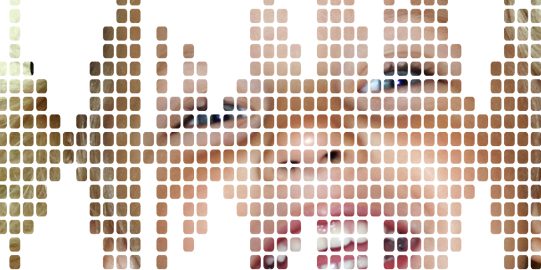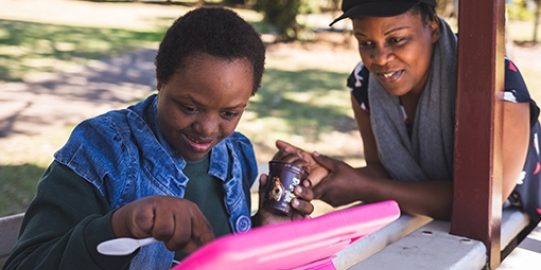In the beginning
Speech-generating devices have been around since the late 1970s. For decades, these devices were expensive, and were mostly used for communication, and not for language development. As a result, they were mostly only used by adults and teenagers who had already acquired language. At first, most of the voices available then were American and male, which didn’t represent the diversity of Augmented and Alternative Communication (AAC) users. Female voices, as well as other accents and languages, only came along later.
The development of low-cost AAC solutions like Proloquo2Go in 2009 paved the way for lowering the barriers for AAC use. Now, this innovative technology was available to people for whom it might have been considered a risky investment before - for example, a child who still needed to develop language skills before they could start to communicate.
Even though this technology was now available for a wider audience, this still did not address the nearly half of AAC users under the age of 12. With no genuine children’s voices yet available, users made do adult voices or artificially modified voices with raised tones that sounded like they had inhaled helium. This meant that most young AAC users had to speak in a voice they could not identify with and which seemed unnatural or implausible to their communication partners.
Taking on the challenge
Based on requests from users, and our knowledge of the AAC world, we decided to start offering our young users the best AAC experience possible with genuine children’s voices. Since there were none available, we teamed up with Acapela Group, one of the leading Text to Speech companies, to take on the challenge of creating the first genuine children’s voices for Text to Speech.
